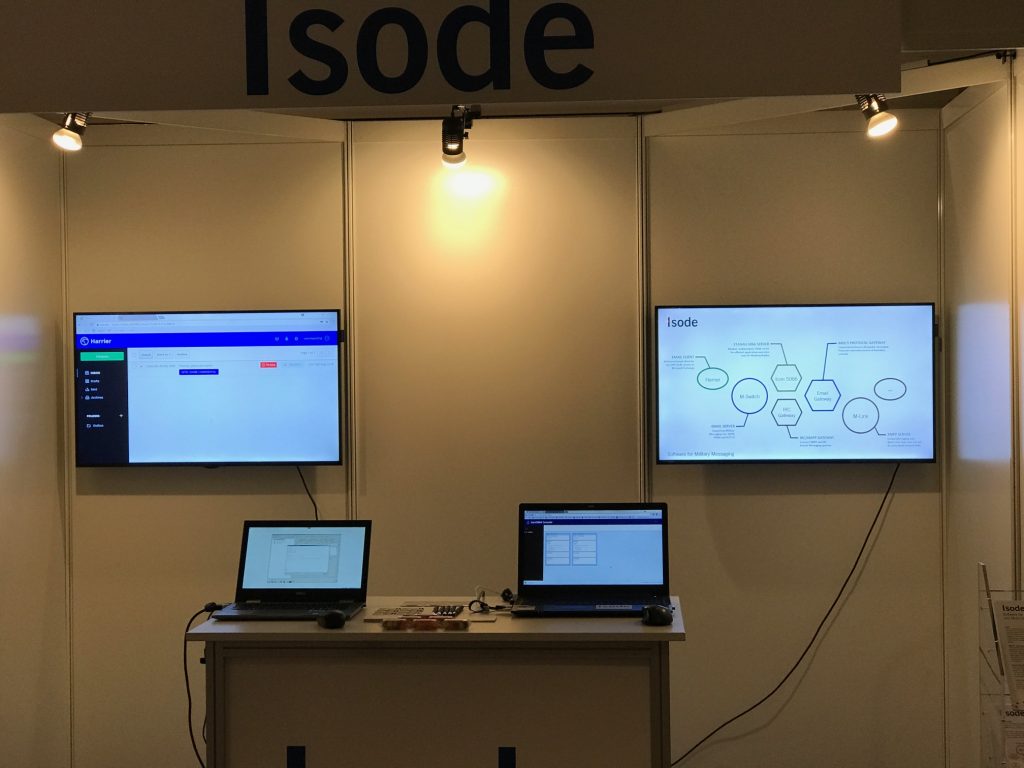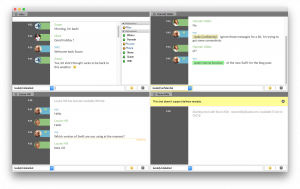We’re pleased to announce the first release of Icon-5066, Isode’s modem-independent STANAG 5066 server.
STANAG 5066 provides a link layer optimized for HF Radio as described in the whitepaper [STANAG 5066: The Standard for Data Applications over HF Radio].
Icon-5066 will connect to one or two HF modems, either through a Crypto box or directly, and provides a single interface to an HF network, which can be shared by multiple applications. A comprehensive product description of Icon-5066 is available on the Isode website.
Configured using a web interface, Icon-5066 is shipped with three test tools to help partners in testing Icon-5066 deployments:
- HF Tool: For running a range of tests to ensure good performance and operation of modem drivers in a range of conditions. It also gives a clear measure of modem performance.
- STANAG 5066 Console: Providing STANAG 5066 server discovery, HF operator chat and throughput measurements to peer S5066 Consoles with ARQ and non-ARQ traffic.
- MoRaSky: Provides a service equivalent to HF modems connected to Radios and operating over the Ionosphere. It enables sophisticated testing of Icon-5066 and the applications it supports, without use of hardware or Over the Air transmission.
Evaluations of Icon-5066 are available, contact your Account Manager or fill in the evaluation request form for more information.


